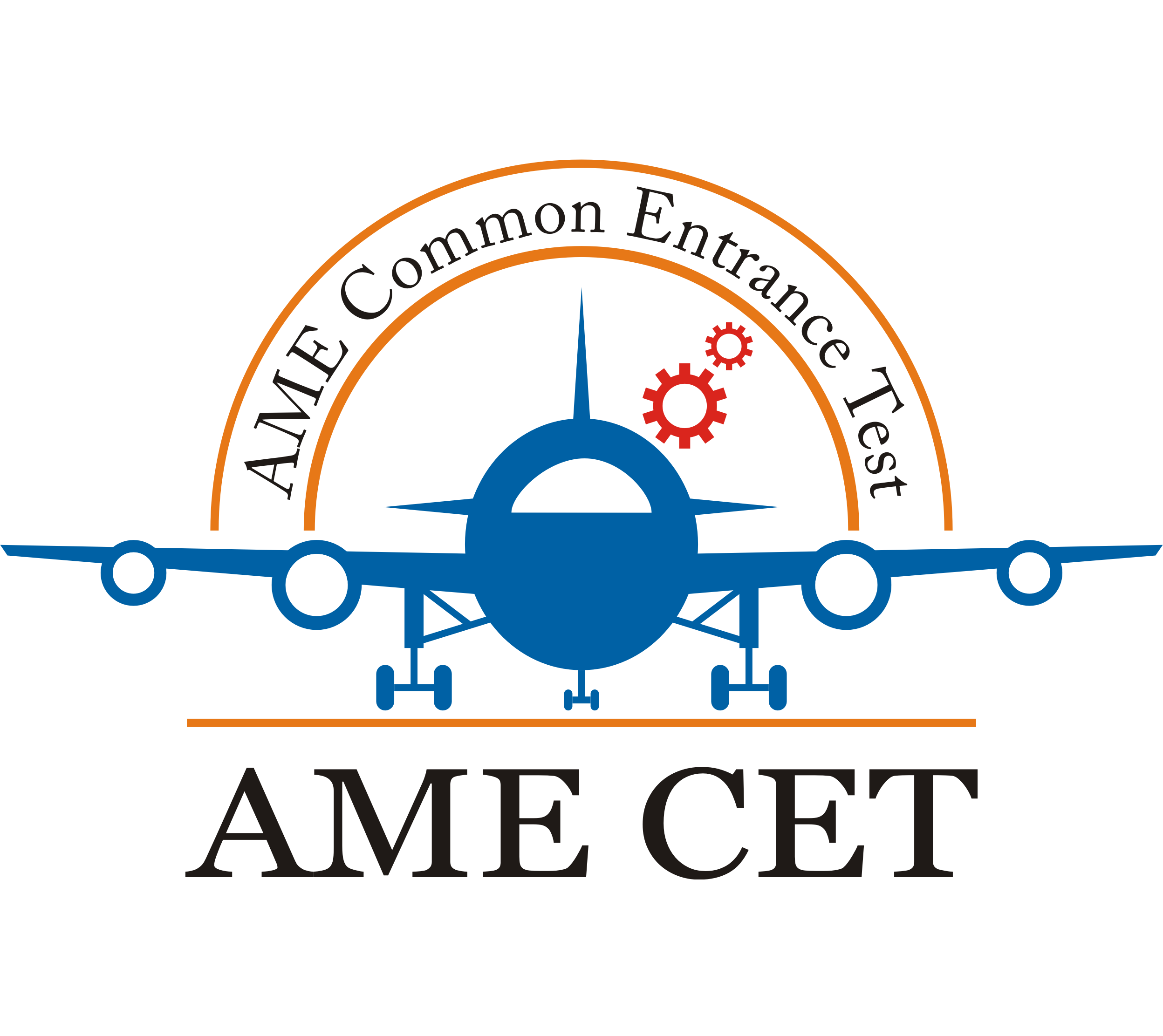What is the difference between cabin crew and ground staff?
Posted on : 28 August, 2025 5:32 pm
The aviation industry is a dynamic and fast-paced field that relies on the coordination of various professionals to ensure smooth operations, safety, and exceptional customer service. Two of the most visible roles in the industry are Cabin Crew and Ground Staff. Although both are crucial to airline operations and customer satisfaction, they differ significantly in terms of responsibilities, work environment, skills required, and training.
Below is a comprehensive comparison of the two key positions in aviation.
1. Cabin Crew and Ground Staff Overview
Cabin Crew
Cabin crew, or flight attendants, are in charge of passengers’ comfort, safety, and service onboard during the flight. Cabin crew work onboard the plane and are the initial passengers’ contact once on board.
Ground Staff
Ground staff work at the airport and on the ground. They are tasked with helping passengers prior to boarding and post-disembarking. This involves check-in, baggage screening, boarding, customer service, and security screening.
2.Location of Work
Cabin Crew
- Work in flight, onboard aircraft.
- Their place of work is constantly changing as they fly to different destinations.
- They are away from home, sometimes overnight, in different cities or countries.
Ground Staff
- Work on the ground, mostly at airports.
- Their location is static, typically to one airport or terminal.
- They go home each day after work.
3. Key Responsibilities
Responsibilities of Cabin Crew
Welcoming passengers boarding, helping with seating and bags, conducting safety procedures, serving meals and drinks, dealing with in-flight emergencies, maintaining passenger comfort and safety during the flight, and providing first aid and emergency response when necessary are the key responsibilities of cabin crew. On the other hand, the responsibilities of ground staff include operating check-in counters, issuing boarding passes and verifying travel documents, handling baggage loading and claims, escorting special needs passengers, coordinating boarding and disembarkation, making in-flight announcements and providing flight updates, and following all security procedures.
4. Passenger Interaction
Cabin Crew
- Interact with passengers in-flight.
- Handle flight requests, inquiries, and grievances.
- Need to be composed and polite in cramped spaces and turbulence.
Ground Staff
- Interact with passengers prior to and post-flight.
- Help in resolving booking discrepancies, delays, cancellations, and baggage issues.
- Handle high numbers of passengers, particularly during peak hours.
5. Training and Qualifications
Cabin Crew
- Need to undergo cabin crew training courses recognized by aviation regulatory bodies (e.g., DGCA in India, FAA in the US).
- Training covers emergency protocols, customer service, first aid, aircraft safety, and grooming.
- Typically requires good physical health and maintenance skills, as well as the capacity to swim.
Ground Staff
- Can demand a diploma or certification in aviation management, customer service, or similar fields.
- Training consists of airport procedures, ticketing systems (such as Amadeus or Galileo), communication skills, and resolution of passenger complaints.
- Physical appearance matters but is given lesser importance compared to cabin crew positions.
6. Work Hours and Lifestyle
Cabin Crew
- Work unorthodox and long hours, involving nights, weekends, and holidays.
- Tend to spend nights away from home based on flight rosters.
- Need to adapt to various time zones, sleeping patterns, and climatic conditions.
Ground Staff
- Also work in shifts but usually go back home every day.
- Shifts may involve early morning or late evening shifts because of flight timings.
- More routine time compared to cabin crew.
7. Teamwork and Coordination
Cabin Crew
- Work in close coordination with the pilot, co-pilot, and other flight attendants.
- Need to respond as a team during emergencies and delivery of services.
- Team members change often according to flight schedules.
Ground Staff
- Coordinate with security, airlines, airport authorities, and other ground staff.
- Work with the same team at one station (most often the same terminal or desk).
- Have a central role to play in maintaining flight timetables on schedule.
8. Salary and Benefits
Cabin Crew
- Usually receive a higher pay, including flying time, stopover allowances, and travel benefits.
- Get free or reduced air tickets, hotel accommodations, and food.
- Promotions can result in senior cabin crew or instructor positions.
Ground Staff
- Earn a modest salary, which can grow with experience and performance.
- May have airport duty allowances and standard travel entitlements.
- Opportunities for growth include supervisory and manager roles.
9. Key Skills
- Skill Cabin Crew Ground Staff
Communication Excellent Excellent
Physical Fitness Very Important Moderate
Patience & Politeness Critical Critical
Crisis Management Essential Important
Technical Knowledge Aircraft safety Airport system
10. Career Progression
Cabin Crew
- Advancement to Senior Cabin Crew, In-flight Supervisor, or Cabin Crew Trainer.
- Potential for career movement into aviation management or corporate functions in airlines.
Ground Staff
- Can progress up to Team Leader, Duty Manager, or Airport Manager positions.
- Can specialize in departments such as ticketing, customer service, or operations.
Conclusion
Both Ground Staff and Cabin Crew are crucial to airline operations. Cabin crew deal with in-flight service and security, while ground staff deal with everything prior to, and subsequent to, the flight. Excellent communication, problem-solving abilities, and a customer-centric approach are required for each. It ultimately depends on your interests—whether you like the thrill of flying or the security of working on the ground.
Both jobs have different opportunities, experiences, and challenges but contribute significantly to providing a smooth, safe, and enjoyable journey for travelers.

